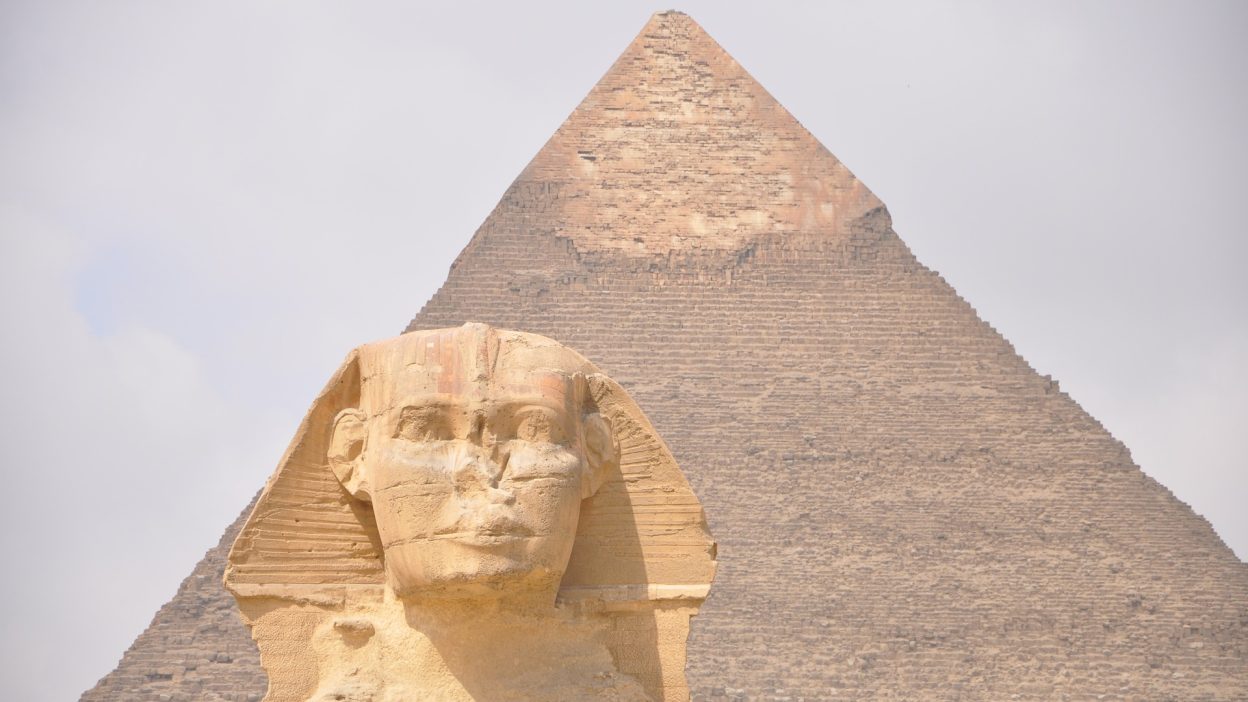Mysterious Places, Unexplained Phenomena, Strange Natural Wonders, Travel Destinations, Unique Places to Visit
The world is filled with places that defy logic and baffle scientists. From waterfalls that run red like blood to entire villages where people fall into deep sleep for days, these locations challenge everything we know about nature. Discover some of the most mysterious places on Earth that continue to leave experts searching for answers.
Have you ever come across something so strange that it made you question reality? While science has explained many of the world’s mysteries, some places remain beyond our understanding. These locations have puzzled experts for decades, and despite numerous studies, they continue to defy logic.
From rivers that boil without a nearby volcano to lakes where lightning strikes constantly, the world is home to natural phenomena that seem almost supernatural. Here are some of the most mysterious places on Earth that still leave scientists scratching their heads.
Blood Falls, Antarctica – The Waterfall That Bleeds
When you think of Antarctica, you likely imagine endless white landscapes covered in thick ice. However, deep in the McMurdo Dry Valleys, there is a sight that looks straight out of a horror movie – a waterfall that appears to bleed.
Blood Falls is a deep red cascade that seeps from the Taylor Glacier. For years, scientists were unable to explain the eerie colour of this water. Initially, they suspected red algae, but later studies revealed that the culprit was iron oxide – essentially, rust! The water comes from an ancient subglacial lake rich in iron, which oxidises when exposed to oxygen, giving it its distinctive blood-red hue.
Floating Islands of Loktak Lake, India
Islands are supposed to stay in one place, right? Not on Loktak Lake in northeast India! This freshwater lake is home to unique floating islands known as phumdis.
These islands are actually thick masses of vegetation, soil, and organic matter that shift across the lake. During the rainy season, they float, and in drier months, they sink slightly. Despite their movement, locals have built homes, schools, and even a national park on them. Walking on a phumdi feels like bouncing on a natural trampoline, making it one of the most surreal places on Earth.
The Fiery Gates of Turkmenistan – A Fire That Never Stops Burning
Deep in the Karakum Desert of Turkmenistan, a massive crater has been burning non-stop for over 50 years. Known as the Darvaza Crater, or “The Door to Hell,” this fiery pit was created by accident in 1971 when Soviet engineers were drilling for oil.
The ground collapsed, releasing dangerous methane gas into the air. To prevent a disaster, scientists set the crater on fire, expecting it to burn out within weeks. However, decades later, the flames are still going strong! Today, this glowing pit is a bizarre yet fascinating tourist attraction. If you ever visit, don’t forget to bring marshmallows!
Lake Maracaibo, Venezuela – The Never-Ending Lightning Storm
There’s a saying that lightning never strikes the same place twice—but that doesn’t apply to Lake Maracaibo in Venezuela. This lake holds the record for the most lightning strikes on Earth, experiencing 260 storm days per year and around 1.2 million lightning bolts annually!
The lightning is so powerful that the energy generated here could light up 100 million light bulbs. Initially, scientists thought this phenomenon was caused by uranium in the bedrock, then by methane from nearby oil fields. However, recent studies suggest that it’s a mix of unique wind patterns and topography that keeps the storm going. Whatever the reason, this place is a natural fireworks show you won’t find anywhere else.
Shanay-Timpishka, Peru – The Boiling River of the Amazon
Tucked deep in the Peruvian Amazon, the Shanay-Timpishka River is so hot that it can boil animals alive. The river, stretching 4 miles, reaches temperatures of up to 196°F (91°C), making it too dangerous for swimming.
Normally, such extreme heat would come from a nearby volcano, but the closest one is over 430 miles away! Local legend claims the river is heated by a giant serpent spirit called Yacumama. Scientists, on the other hand, believe the water is heated by underground geothermal springs. Regardless of the explanation, this river remains one of the most unusual bodies of water in the world.
The Sleeping City of Kalachi, Kazakhstan
Imagine falling asleep while walking, cooking, or even mid-conversation. That’s exactly what happened in Kalachi, Kazakhstan, where residents mysteriously started falling into deep sleep for days at a time in 2013.
Doctors and scientists were baffled. There were no viruses, no strange chemicals in the food or water, and nothing unusual in the environment. After two years of research, experts finally found the cause: carbon monoxide and hydrocarbons leaking from old uranium mines nearby, reducing the town’s oxygen levels. The government started relocating people, but the mystery of how the town survived for so long remains fascinating.
The Petrifying Well of Knaresborough, UK
A well that turns objects to stone sounds like something from a fantasy novel, but it’s real. Located near the River Nidd in North Yorkshire, the Petrifying Well has the power to harden everyday objects, making them look as if they’ve been turned into solid rock. For centuries, locals believed this place was cursed. The well is even found inside Mother Shipton’s Cave, named after a 16th-century prophetess believed to have magical powers. Today, people leave items like teddy bears, shoes, and even bicycles to witness the transformation. Science explains that the water has an extremely high mineral content, which quickly forms a hard shell around objects—similar to how stalactites and stalagmites form in caves. However, while cave formations take centuries, petrification here happens in just weeks or months—a mystery that scientists still don’t fully understand.




